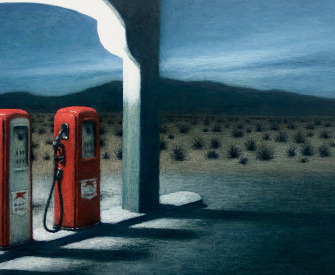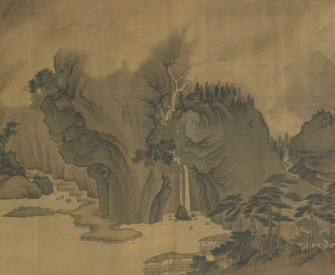The troublesome factor in the great problem of the development of the agricultural capacity of the vast western plains is the supply of water. Furnish this, and the fertile prairies and valleys east of the Mississippi will soon find a strong rival contending with them in the grain marts of the world for precedence.
Furnish this, and the “Great American Desert” of old geographers will soon become one mighty field of flowing grain. Furnish this, and the few other minor impeding factors will soon be eliminated. The streams rushing down from the mountains slacken their course on the level plains where the great battle between moisture and aridity begins. Is there any power in the human grasp to assist nature in this struggle and turn the scale in her favor?
Before attempting to give a direct answer to this question, I will state some facts connected with this matter, and then advance a theory, which, if correct, is of great importance in developing the agricultural capacity of this country.
When we reached the Cache à la Poudre, at Laporte, Colorado, I heard it remarked that this stream now, and for a few years past, has been sending down a larger volume of water than it formerly did. I thought little of the matter at the time and let it pass, simply noting the statement. But when I reached the next stream in our journey south, the same thing was repeated in regard to other streams in that section. And to confirm the statement, certain streams were pointed out, which, up to about 1862, had been in the habit of drying up annually at certain points, which since that time at these points have been constantly running. This caused me afterward, during the whole length of our journey along the eastern flanks of the mountains, to make this a special subject of inquiry.
And somewhat to my surprise, I have found the same thing repeated at almost every point as far south as Las Vegas, in New Mexico, and no opposing testimony. Streams bearing down heavier volumes of water than formerly; others becoming constant runners which were formerly in the habit of drying up; springs bursting out at points where formerly there were none; acequias allowed to go to decay because they have not been needed, etc. Seven or eight years ago, it was not uncommon for the Pecos to dry up, but now such a thing would be looked upon as a strange event. And in building Denver, a mistake was made in relying upon the dry bottom of Cherry Creek, which shortly afterward sent down a rush of water to warn them of her slumbering powers. Nor does this wholly exhaust the testimony on this point, for in addition thereto is the uniform assertion of those who have resided in the Territory for ten or twelve years or more that for six or seven years past there has been a gradual increase of rain. It is a common expression of the Mexicans and Indians that the Americans bring rain with them.
All this, it seems to me, must lead to the conclusion that since the Territory has begun to be settled, towns and cities built up, farms cultivated, mines opened, and roads made and traveled, there has been a gradual increase of moisture. Be the cause what it may, unless it is assumed that there is a cycle of years through which there is an increase, and that there will be a corresponding decrease, the fact must be admitted upon this accumulated testimony. I therefore give it as my firm conviction that this increase is of a permanent nature, and not periodical, and that it has commenced within eight years past, and that it is in some way connected with the settlement of the country; and that, as the population increases, the amount of moisture will increase.
From Preliminary Field Report of the U.S. Geological Survey of Colorado and New Mexico. Thomas’ contribution to the report, commissioned by the U.S. Interior Department and edited by expedition leader Ferdinand Hayden, challenged the prevailing nineteenth-century idea about the Great American Desert. A botanist, Thomas believed that rain follows the plow—that tillage and settlement could alter an arid climate. But a ten-year drought that began in 1886 showed this to be incorrect. “By 1888,” wrote Wallace Stegner, Thomas “presumably regretted the opinion he had hazarded twenty years earlier.”
Back to Issue



